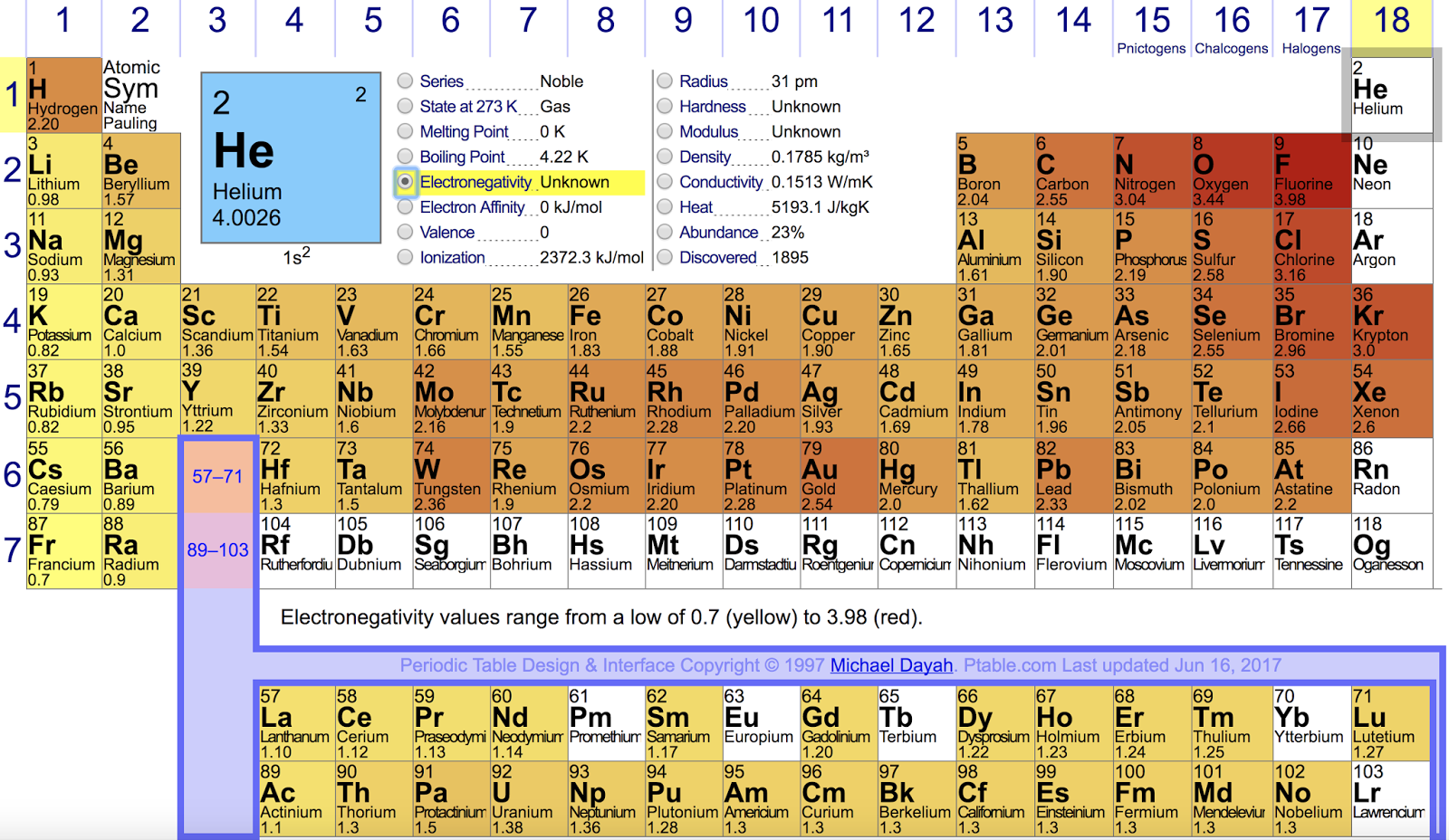How To Tell Polarity From Electronegativity
Periodic table of elements electronegativity chart periodic table Electronegativity difference chart Electronegativity difference chart
Electronegativity Difference Chart
Polar periodic nonpolar table electronegativity vs molecules electron atom elements when loses becomes below higher darker source Polar vs. non-polar bonds & molecules Electronegativity periodic trends bonding chemical trend chart element polarity bond electrons tendency atom electronegative table increasing electron attraction chemistry attract
Covalent polar ionic bonding bonds polarity electron molecules chemical electronegativity hydrogen atoms nonpolar polaire libretexts structures covalente molecular electrostatic liaison
Ch150: chapter 4 – covalent bonds and molecular compounds – chemistryCovalent bonding – introductory chemistry Question video: determining the polarity of the bond and overallChemistry covalent bonds compounds molecular electronegativity difference characteristics ch150 examples diagram.
Electronegativity difference bond typeIonic covalent polar bonds Electronegativity chart polarity periodic elements table type bond difference charts element determine atoms chemistry two electronegative most atom trends commonPolar covalent bonds electronegativity periodic table nonpolar ionic bases presentation.
Polar which diagram polarity bond molecule represents dipole electronegativity moment chemistry problems practice
Electronegativity and polar covalent bondingElectronegativity difference bond type Periodic tableElectronegativity difference chart.
Which diagram best represents a polar moleculeElectronegativity difference bond type How can i determine bond polarity? + examplePolarity relative electronegativity chart difference values ib chemistry bonds.

Makethebrainhappy: polar vs. nonpolar molecules
4.2b-electronegativity and polarityBond polarity electronegativity molecular shape covalent ionic bonding chemistry atoms types between different figure two polar nonpolar electron electrons distribution What are the differences between ionic, polar covalent, non-polarPolarity electronegativity bond chemistry.
8.7: bond polarity and electronegativityElectronegativity polarity chart The periodic table and periodic trendsBond polarity chart.

Polarity electronegativity
Electronegativity pauling periodic table trends values chemistry bonds scale linus electronic number printable atomic period noble gases chemical chart valueElectronegativity values formula chemical polar covalent ionic nonpolar find if tell do socratic coordinate How do you use electronegativity values and the chemical formula of aElectronegativity difference chart.
Electronegativity difference chartChemical bonding: periodic trends Electronegativity and bond polarityChapter 5.6: properties of polar covalent bonds.

Electronegativity and polarity
Polar covalent bonds acids and bases .
.

Electronegativity Difference Bond Type

Electronegativity and Polar Covalent Bonding - dummies

8.7: Bond Polarity and Electronegativity - Chemistry LibreTexts

Electronegativity Difference Chart | www.galleryhip.com - The Hippest Pics

PERIODIC TABLE | ELECTRONEGATIVITY | NOBLE GASES: September 2012

MakeTheBrainHappy: Polar vs. Nonpolar Molecules

Electronegativity Difference Chart